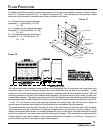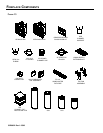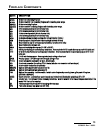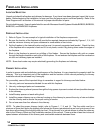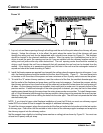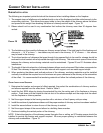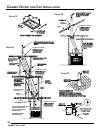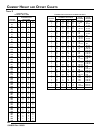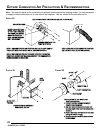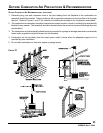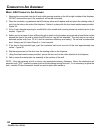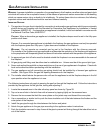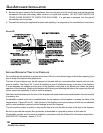Special offers from our partners!

Find Replacement BBQ Parts for 20,308 Models. Repair your BBQ today.
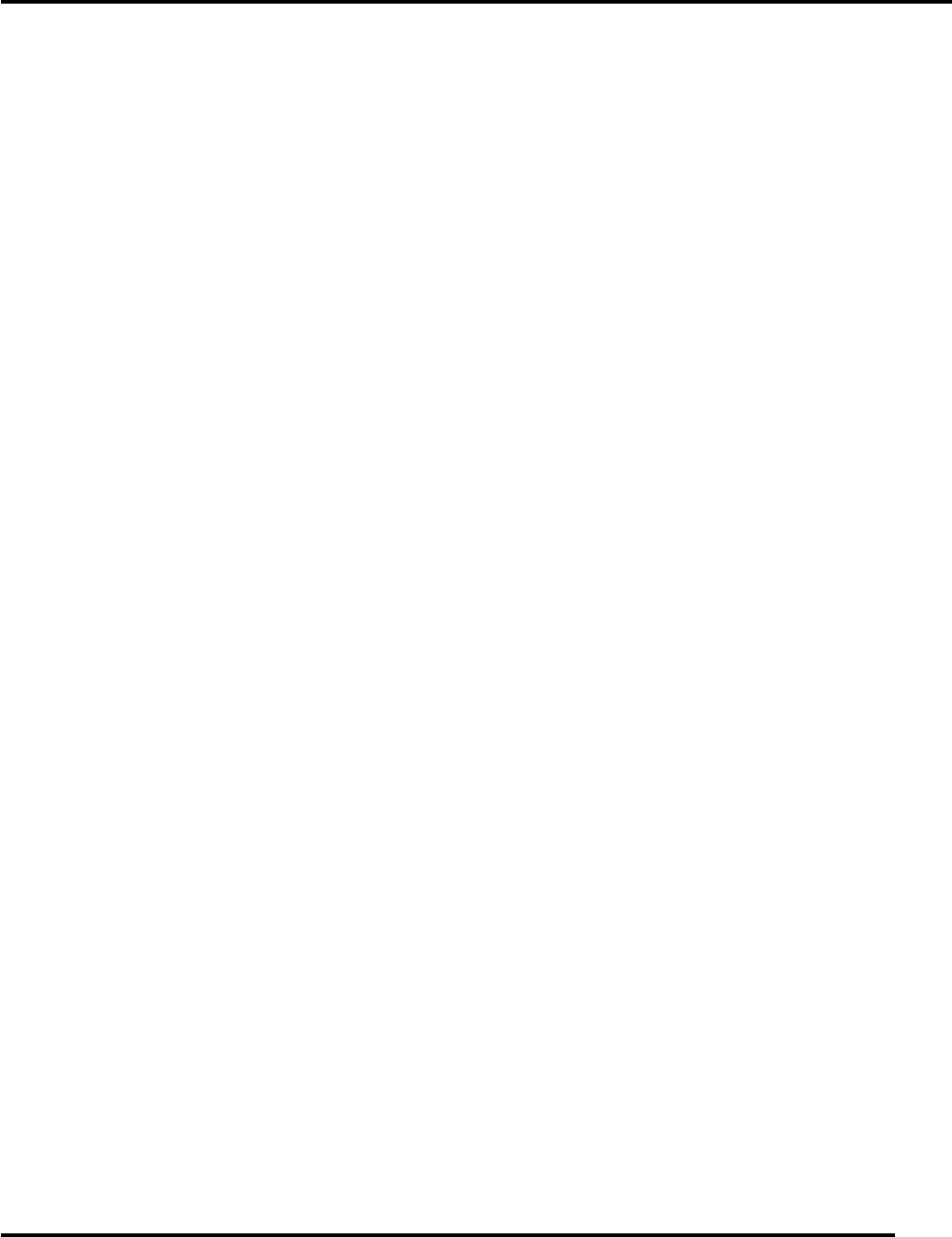
19
CHIMNEY CAP INSTALLATION
M
ODEL SC CHIMNEY CAP
SPECIAL NOTE: The proper height as previously explained is important to assure proper draft and safety. The
chimney cap extends the flue outlet four inches above the top of the last section of chimney. This should be
kept in mind when determining the proper height for the chimney. The chimney should not be extended more
than 90 inches above the supporting roof structure without additional support. In the case of an “A” frame type
construction or other steep pitch roofs that require more than 90 inches of chimney above the roof, a support
should be attached to the chimney at the 90 inch level that is strong enough to support a wind load of 3-1/8
pounds for each inch the chimney extends above 90 inches. The flue outlet must be a minimum of three feet
above the point where in penetrates the roof. Figure 14.
C
AUTION: Be careful to avoid electrical shock hazard when contacting wires to the metal chimney components.
1. Extend the regular chimney sections until the top of the chimney is 4 inches below the total flue height
desired. Do not snap the last section of inlet air duct or largest diameter pipe in place until Step 3 is
completed.
2. Remove the shingles from around the chimney so that the flashing may be installed, with the upper part of
the flashing under the shingles.
3. Set the flashing on the roof and scribe a line around the flashing, then cut the top off the flashing by cutting
1/4 inch below the scribed line. This should increase the diameter of the flashing outlet sufficiently to allow
the flashing to be placed over the chimney. See Figure 22.
4. Snap the last section of inlet air duct in place and slide the flashing over the chimney. Adjust the chimney
to assure that the proper minimum clearances are maintained.
5. Nail the flashing securely in place with eight nails.
6. Seal the crack between the top of the flashing and the chimney with mastic. Leave some excess mastic at
this area to be used in step eight. NOTE: Use pliers and wear gloves when performing step seven to
minimize the danger of cutting your hands on the edge of the storm collar.
7. Place the storm collar around the chimney and put the collar together like a belt in belt loops. Slide the end
of collar under the two loops on the other end with the loops facing up. Overlap the ends of the collar until
it is tight against the chimney. Bend the free end of the collar back over the loops to hold the storm collar
securely together. The excess end of the storm collar may be trimmed off.
8. Slide the storm collar down snugly against the flashing until the excess mastic left in step six is forced up
into the crack between the storm collar and the chimney. This should make the joint between the flashing
and the chimney watertight.
9. Install the chimney cap by placing the cap into matching parts of the last chimney section. Push down until
the brackets on the bottom of the chimney cap sits on the chimney pipe. Then punch or drill 1/8 inch
diameter holes in the inlet air duct (chimney pipe) where specified on the brackets and fasten it down with
the No. 8 screws provided. Do not penetrate the inner stainless steel pipe while installing the screws.
10. Check all the parts of the fireplace, chimney and chimney termination cap to assure that no parts have
been damaged or bent during installation and that all parts have been installed properly.
N
OTE: The metal used for the chimney cap has a rust protective coating but the cut edges of the parts are not
protected. To prevent rusting and rust staining of nearby structures, exposed parts of the chimney and chimney
cap should be detergent washed and painted with a galvanized primer paint.
53D9032. Rev 1 03/03



